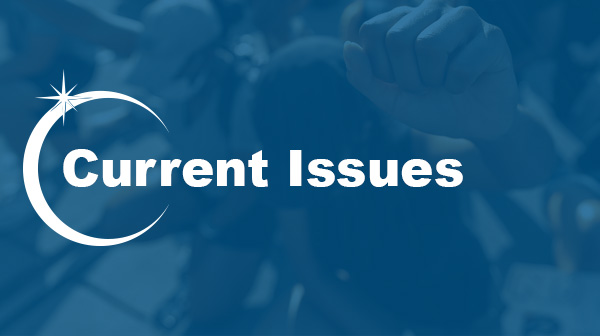Transferring to Another State
Larry sheds light on the complexities of how one transfers their supervision to another state.
Interstate Compacts
- History of transferring to another state ICPP
- Why?
- Interstate compacts, such as ICAOS, are born out of necessity. For ICAOS, the necessity is for the 50 states, and 3 territories (District of Columbia, U.S. Virgin Islands, Puerto Rico) to follow identical guidelines on how to handle the transfer of adult offenders from one state to another.
- What about the rules differing from one state to another. Who has overriding authority?
- Is there a right to travel?
- False. Offenders do not have a constitutional or statutory right to transfer to another state. In order to be eligible to transfer the sending state must be willing to allow the offender to relocate.
- A court can mandate a transfer
- False. ICAOS rules have the force and effect of federal law and take precedent over local court rulings. A court an authorize a transfer.
- Interstate compacts only apply to registrants?
- Nope – they apply to all felonies and some misdemeanors. Only 7.3% of transfers are registrants
- Do offenders have any significant rights once they’ve been transferred to another state?
- Yes they have a right to a probable cause hearing.
- Over 227,007 offenders transferred in 2017. What is source? ICOTS website
- Conditions for mandatory approval
- The applicant has three months (90 days) or more remaining on supervision; AND
- The applicant is in substantial compliance in the sending state; AND
- The applicant has at least one of the following qualifying reason for transferring to the other state:
- The applicant is a resident of the receiving state
- The applicant has resident family in the receiving state willing and able to assist applicant
- The applicant is active military member who has been deployed to the receiving state
- The applicant will live with active military family member who has been deployed to the receiving state
- The applicant will live with a family member who has been transferred to the receiving state by their full-time employer as a condition of maintaining employment
- The applicant is transferred to the receiving state by their full-time employer as a condition of maintaining employment; AND
- The applicant has a valid plan of supervision in the receiving state with a visible means of support (employment, family support, SSD/SSI, workman’s compensation, etc.); AND
- The transferring offense was a conviction for a felony, eligible misdemeanor, or eligible deferred sentence; AND
- The applicant is required to report or be monitored by supervising authorities OR has any condition (other than a fine) imposed.
- Extradition
About ICOTS
The Interstate Compact Offender Tracking System (ICOTS) is a web-based system that facilitates the transfer of supervision for probationers and parolees from one state to another. In 2016, the 50 states and 3 territories that comprise the Interstate Compact for Adult Offender Supervision (ICAOS) used ICOTS to process over 91,000 transfer requests and more than 1.3 million compact activities for 116,000 active supervision cases. These activities include notifications of departures, arrivals, progress, violations, and case closures. ICOTS also serves as a conduit for miscellaneous communication exchanges and helps to promote effective supervision strategies for offenders under supervision in another state.
https://www.interstatecompact.org/
http://www.oncefallen.com/travel.html
http://www.un.org/en/universal-declaration-human-rights/
https://www.gerstenzanglaw.com/interstate-compact-moving-state-probation/
Source: http://www.registrymatters.co/

